Often patients want to know why all of their procedures for varicose veins cannot be done all in one setting. At IVC we understand that it would be more convenient for some patients to have all the procedures done at once, but there are a few reasons this is not done.
The primary reason that we don’t combine all the procedures in one day is because some of the problematic veins may resolve after treatment of larger veins. Your treatment plan begins with the principal veins that are causing the majority of problems. For example sometimes when we see moderate to severe reflux in the great saphenous vein (GSV) and mild reflux in the small saphenous vein (SSV), the small saphenous vein may actually resolve and therefore no treatment is necessary after treatment of the greater saphenous vein. This is also true for the visible bulging veins seen in the legs, as they are branches arising off of larger, more problematic veins. That is why these veins are often treated last, because resolution of the primary problem can reduce these remaining veins to the point that treatment is not needed.
Concern for lidocaine toxicity is another reason that we do not combine treatments. Lidocaine is the local anesthetic that we use to numb the extremity, and there is a limit to the amount a person can be given in one setting. By treating a vein that may run the length of the leg we approach that limit and treating more may put the patient at unnecessary risk.
Through years of treating patients we have developed methods that we feel give patients the best results while minimize exposure to unnecessary risks.


